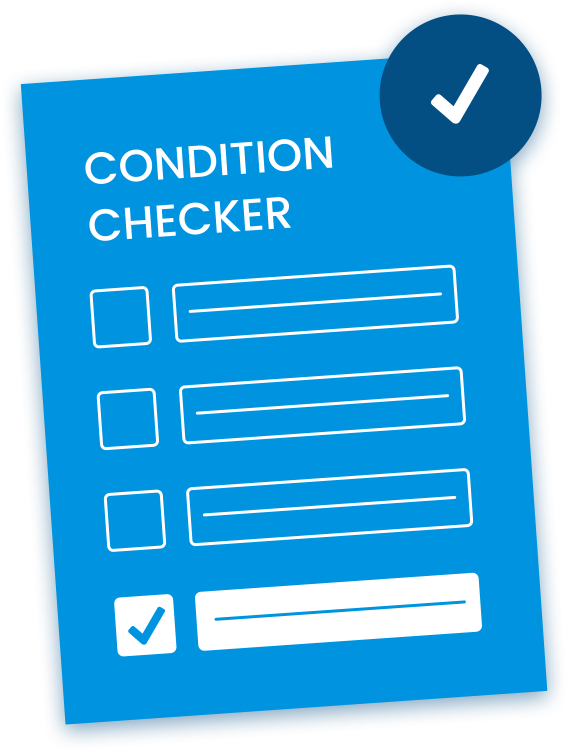Foraminal Stenosis
Find out which possible conditions you may be suffering from by trying our 2-min Guided Pain Assessment Form!





Foraminal stenosis occurs when the vertebral foramen, which is the opening in the vertebra that contains the spinal cord, becomes narrower than it should be. The narrowing can occur for a variety of reasons, including degenerative disc disease or a buildup of debris in the foramen over time. This condition can occur at any level of the spine, but is most common in the lower back (lumbar area) or neck (cervical area). As the foramen narrows, it presses on the spinal cord, which leads to a long list of uncomfortable and painful symptoms.
The primary cause of the degeneration of the spinal column is aging. However, there are many other factors that can worsen or accelerate the narrowing of the spinal canal, including:
If you think you may be at risk for foraminal stenosis, schedule a consultation with an NJSO spine specialist to discuss the preventative measures that may work best for you. A specialist will carefully assess your symptoms, review your condition and advise you on what to do to prevent the progression of the ailment. Making significant lifestyle changes and proactively treating any problems as they arise is the best way to ease, delay or even prevent spine degeneration altogether.
At NJSO, we look forward to helping you obtain optimal relief from foraminal stenosis so you can return to your day-to-day activities. Give us a call at (855) 586-2615 for a free consultation with one of our doctors.
Do you worry you may be suffering from foraminal stenosis? Try our Condition Checker below to find answers and begin the first steps at finding back pain relief.

Find your condition with our 2-minute Condition Checker.
If you are suffering from foraminal stenosis, you will most likely experience tingling or numbness in the affected area of your back. Depending on the location of the stenosis, you may also feel numbness and tingling in the arms and/or legs.
Cervical foraminal stenosis (stenosis in the neck) typically causes symptoms in the hands, arms and shoulders, whereas lumbar foraminal stenosis (stenosis in the lower back) can cause symptoms in the legs. As the condition worsens, your symptoms will become stronger and may eventually lead to loss of sensation and muscular weakness, if not treated.
What exactly causes vertebral narrowing to occur? Several different spinal conditions can cause the vertebral foramen to narrow. Bone spurs, spinal arthritis, spinal debris, enlargement of a joint in the spinal canal, or inflammation of surrounding tissue can cause foraminal stenosis.

Discover which treatment options are right for you with our Treatment Finder.
If you have foraminal stenosis, our doctors stick to conservative methods of treatment before resorting to more invasive methods to treat the stenosis. One of the first treatments you will be prescribed is physical therapy, which includes specific exercises to stabilize and strengthen the back and/or neck. Engaging in general exercise, such as stretching, walking or swimming is also recommended.
Neck or back braces, massage treatments, acupuncture and anti-inflammatory medication are treatment methods recommended in addition to physical therapy. In some cases, steroid injections to decrease inflammation in the affected area may be needed.
When conservative pain management methods have been exhausted, surgery to reduce pain caused by foraminal stenosis is typically recommended. A foraminotomy is the typical procedure offered by doctors, but at NJ Spine & Orthopedic, our doctors specialize in an advanced procedure called a laminoforaminotomy to effectively eliminate pain.
If you or someone you love is possibly suffering from foraminal stenosis, try our Candidacy Verification tool to find out if this treatment is right for you.

Determine your eligibility with our Candidacy Verification.
CONTACT
Phone: 855.586.2615
Current Clients: 855.706.1011
NJ Spine and Orthopedic is dedicated to delivering minimally invasive laser spine surgeries to eliminate the pain, discomfort, and dysfunction of numerous conditions of the neck and back.
OVERVIEW
LOCATIONS
Copyright © 2024 NJ Spine & Orthopedic